Along with sencha and matcha, Gyokuro is one of the most popular traditional teas in Japan. Do you know that gyokuro is considered as a high-class tea that you usually serve when you have important visitors. This may sound a little bit surprising as in Japan, people normally enjoy tea as a daily normal drink. Therefore, we would like to introduce about this gyokuro tea, its history and the reason of the high-class label. Ready!? Let’s go!
What is Gyokuro?
Gyokuro (玉露) is a type of high-end shaded green tea products among Japanese traditional tea. Some people may think of gyokuro as a type of sencha – a classic type of green tea in Japan. However, there are some slight differences between these teas. Let’s take a look and see the comparison between them:
Sencha(煎茶) is a classic type of green tea. The process of producing sencha starts from picking up young leave and then infuse the whole tea leaves in hot water. In general, sencha is basically green tea with steaming process. Therefore, sencha includes gyokuro and kabusecha as these two types are also steam-processed.
Kabusecha (ã‹ã¶ã›èŒ¶) is sencha that is grown in the shade. In Japanese, ã‹ã¶ã› means “to cover”. This shading process takes about 1 week and contributes a lot to the mellower flavor of kabusecha, which makes it very distinctive from the classic sencha.
Gyokuro is the most expensive compared to sencha and kabusecha. Gyokuro has a longer shading period of about 20 days.
Why Gyokuro is so expensive?
As we introduce before, this type of green tea is among the most luxury one of Japanese tea. Gyokuro is suitable for important visitors or on special occasion. You can also use it as a gift for your friends, family and someone you admire and look up to.
What about the reasons behind this high-end products. Today, we list 3 factors that affect and determine the price of gyokuro:
Leaves picking time
Usually, people pick leaves between the period of April and May. This time of the year produces the best green teas as they contain more umami.
Leaves quality
Not only the leaves picking process but also the quality of leaves used to make gyokuro are strictly considered. The condition of the leaves that pass the “test” is the color. Leaves for making gyokuro have to be dark green. The glossy it is, the more expensive the product becomes.
Demand and supply balance
Depending on the year, a good harvest or a bad harvest may affect the price of this product too. If you buy the same amount of this Japanese green tea, it would be interesting to make comparison between gyokuro of each year as it might not the same every year. That is the amazing experience of it as you will never have an exact idea of how good it is until you try by yourself.
Etymology and history
Although gyokuro remains popular today as a luxury item, nobody knows exactly the origin of it. There are various theories about how gyokuro was born:
The Kahei Yamamoto theory
People say that gyokuro was accidentally invented in 1835 by Kahei Yamamoto, the 6th generation of tea merchant Yamamotoyama. Yamamotoyama is tea manufacturing shop which sold “Aosei Sencha” developed by Soen Nagatani in the Edo period and it is them to spread the name of sencha all over Japan. Yamamoto roasted tea leaves in a ball like dew and sold it with the brand name of “gyokuro”, which is the prototype of the modern luxury green tea that we like.
The origin of the name also comes from the products that Yamamotoyama sold at that time. Many people believe that theory and this origin of the name are also popular.
The record of “The rise of gyokuro tea”
A detailed description is left in “Chagyo Tsukan” (authored by Shizune Murayama, 1900). Kahei (18 years old at the time) stayed at Kinoshita Kichizaemon’s house in Kokura Village, Kuze County. At Kinoshita’s roastery, he was in the process of making tencha, stirring the steamed tea leaves on the furnace and drying them.
When Yamamoto mixed the tea leaves with his bare hands instead of using the tool used in the drying process, the tea leaves did not turn into tencha well, and they hardened into round balls like dumplings. However, when you drink, it smells and tastes good. This type of tea is considered as the prototype of modern gyokuro.
Tea manufacturing process
Tea leaves harvesting
The distinguishable of gyokuro manufacturing process is that it will be kept in the shade for about 20 days before harvesting. By doing this, the amount of theanine and tannin increases in the tea leaves. Therefore, this type of luxury tea has the taste of umami with the milder and mellower flavor than sencha which is grown directly in the sunlight.
One fun fact is that the taste of tea depends on the environment. The land and soil reflect the flavor of tea so even if you drink the same type of tea with the same amount, the taste will differ depending on the place of production. That is what makes the amazing gyokuro as you have to try a lot to find out which is your favorite one.
Tea making
After picking, all the leaves are carefully checked and only the high-quality leaves meet the condition of tea making process.
Steam and cool down
After harvesting, producers have to steam the leaves immediately to stop the oxidation. This process is called sassei (殺é’). Then they will let the steamed leaves cool down. During this time, the “grassy” smell of tea leaves gradually changes to the refreshing odor.
Remove dew in leaves
The dew-drops are removed by cutting the leaves by machine. This will make the color and flavor of the finished product even better.
Knead tea leaves
This is the hand knead technique to better the aroma and flavor of the tea. There are even tea kneading experience for people to join this very exciting chance.
Drying
Spread the tea leaves and dry. During this drying process, be careful not to add odors that may affect the original aroma of tea. After this, the gyokuro is finished and ready to be packed.
How to brew delicious gyokuro?
Preparation
Gyokuro is believed to be an expensive product of tea. Therefore, today we would like to introduce how to brew delicious gyokuro green tea. Firstly, you have to prepare: teapot, yuzamashi, teaspoon and of course, gyokuro.
Yuzamashi is one of the tea utensils used in Senchado. The purpose of yuzamashi is to cool down water.
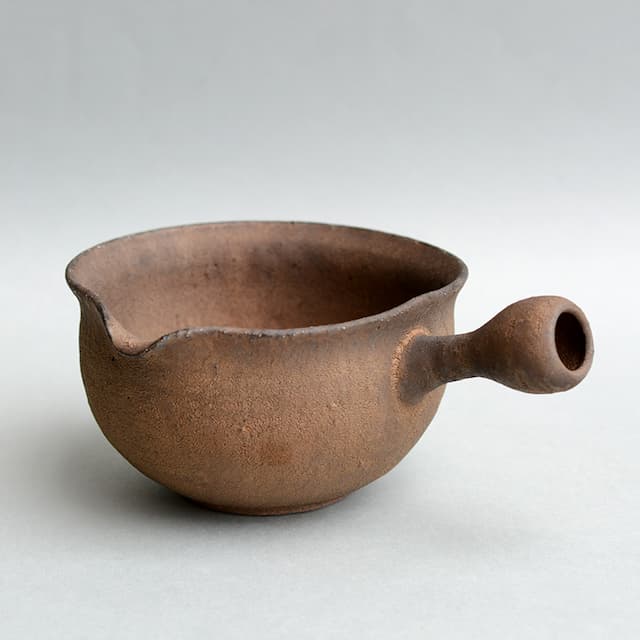
Proper way of brewing gyokuro
STEP 1
Pour hot water into the teapot to warm it up.
STEP 2
Put 100ml of boiled water in a yuzamashi and let it cool down to around 50-60 degrees.
STEP 3
Put 10 grams (about 2 teaspoons) of dried tea leaves into the teapot.
STEP 4
Pour hot water from yuzamashi into the teapot and wait for about 2 and a half minutes.
STEP 5
Pour the tea into tea cup and remember to squeeze out all the water. If the hot water remains in the teapot, the taste of gyokuro on the second brewing will be lost.
STEP 6
Take a sip of tea and enjoy!
On the second brewing, remember to raise the temperature of the hot water and shorten the steeping time of tea.
Five recommended brands
Kyo Maroka 100g (~1,080 yen tax included)
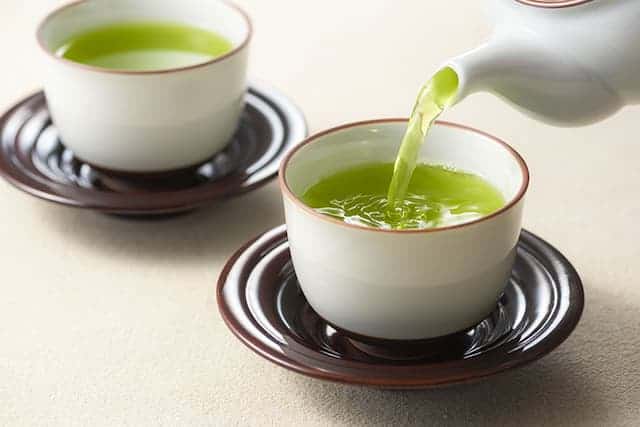
This Kyo Maroka has a mellow sweetness and a refreshing aroma of uji tea so that your whole family can enjoy. With the component of theanine, which has a relaxing effect, this brand is suitable for your afternoon break. This could also be a alternative drink of coffee as it contains caffeine. Moreover, you do not have to worry about the bad smell after drinking coffee as the aroma of gyokura is refreshing.
Gyokuro Tokujou Sencha (3,240 yen tax included)
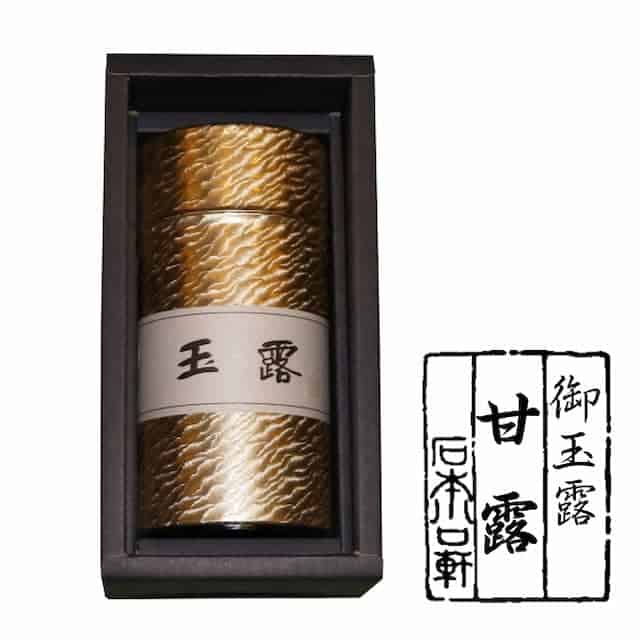
This is the specialty of Uji Yamashiro. The tea leaves are all carefully selected so that you can enjoy the richness and sweetness of gyokuro. The package of it is really beautiful and formal so it is very popular as a gift.
Hekiryoku 100g (2,400 yen tax included)
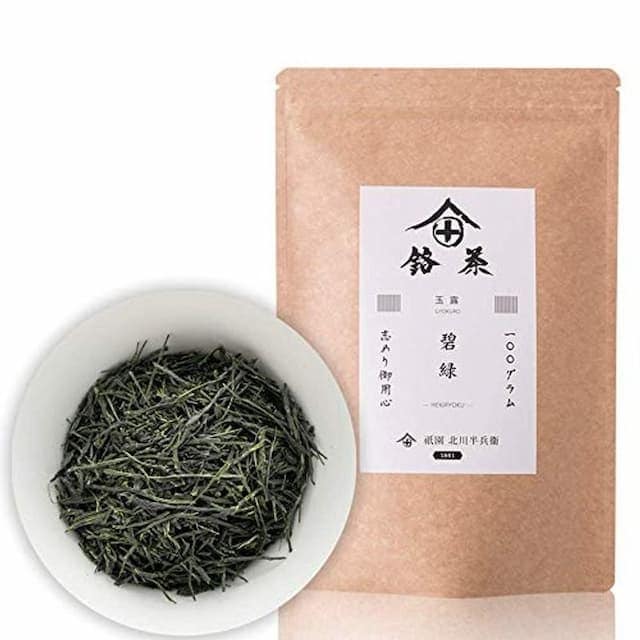
This Hekiryoku is product of Kitagawa Hanbei Shoten. This Kitagawa Hanbei Shoten has won the top prize 11 times in the national tea competition. Founded in 1861, with 150 years of changing and developing, this is now one of the most popular tea makers that provide high-quality tea under strict quality control.
Original gyokuro Jokisen (5,940 yen tax included)
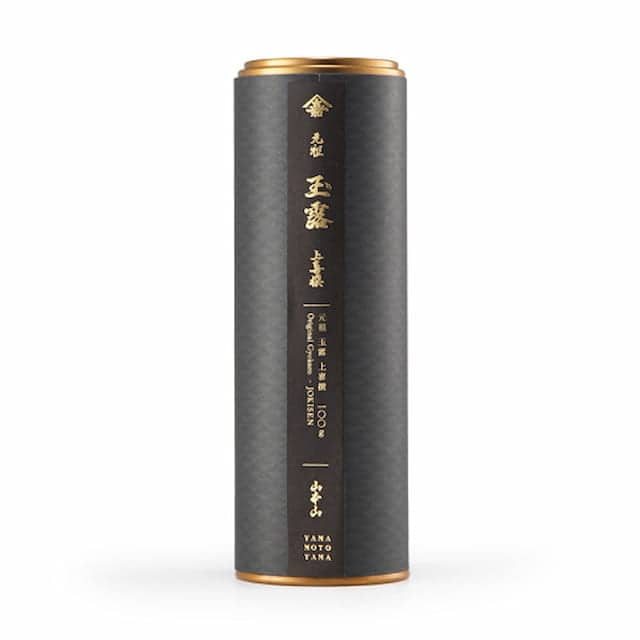
This product is from Yamamotoyama, the place of birth of gyokuro. With a long history of making and selling, you can find this original gyokuro jokisen for the original taste of sweetness and fragnant aroma. The packaging is also beautiful so you can buy it as a gift for friends, family or important person.
Yame Hoshino Gyokuro (10,000 yen)

This is among the most expensive brand of gyokuro that we would like to recommend you. Hoshino village is a local village in Yame, Fukuoka and have been famous as a tea village. This tea has the vivid dark green color with a deep flavor and mellow aroma unique to Yame Hoshino. Some people regard it as the highest quality in Japan.
Stores and restaurants
Kosoan Jiyugaoka (å¤æ¡‘庵)

A stunning traditional Japanese style with peaceful atmosphere in Meguro city of Tokyo. You can drink tea in a tatami in the private house with charming view of the garden. This is the have-to-try experience if you are a lover of Japanese culture, especially chado (茶é“).
Ochakara Nihonbashi (ãŠã¡ã‚ƒã‚‰ã‹ã€€æ—¥æœ¬æ©‹)
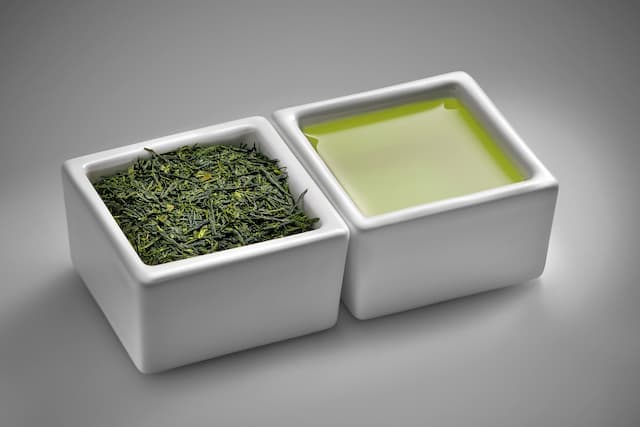
In 2005 by Stephane Danton, a Frenchman fascinated by Japanese tea, opened Ochakara in Kichijoji, Tokyo. Since 2014, it changed its address to Nihonbashi Muromachi. This tea shop propose a new style of enjoying Japanese tea that still follows tradition.
Chacha Kobo Takadanobaba (èŒ¶ã€…å·¥æˆ¿ã€€é«˜ç”°é¦¬å ´)
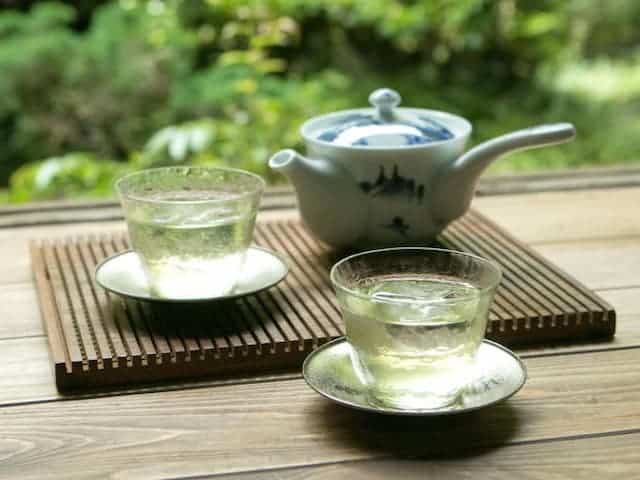
“Chacha Kobo†in Takadanobaba is famous for organically-grown, pesticide-free tea leaves. Since ancient times, tea has been used as medicine, so this shop also focuses on “tea and health”. The menu includes sencha, kakigoori, parfait, etc. Therefore, along with tea, you can also try other delicious specialties of Chacha Kobo.
Takeaway
The amazing world of Japanese tea has so many things to discover. If you are tired of the normal and classic tea like matcha or sencha, we recommend you try yourself this gyokuro. With the unique aroma and mild sweetness, this high-end Japanese tea will not disappoint you at all. You can drink it instead of coffee as it also contains caffeine but with the refreshing effect and favorable odor, it is way easier to drink than normal coffee.
You can click here to find more information about Japanese matcha.
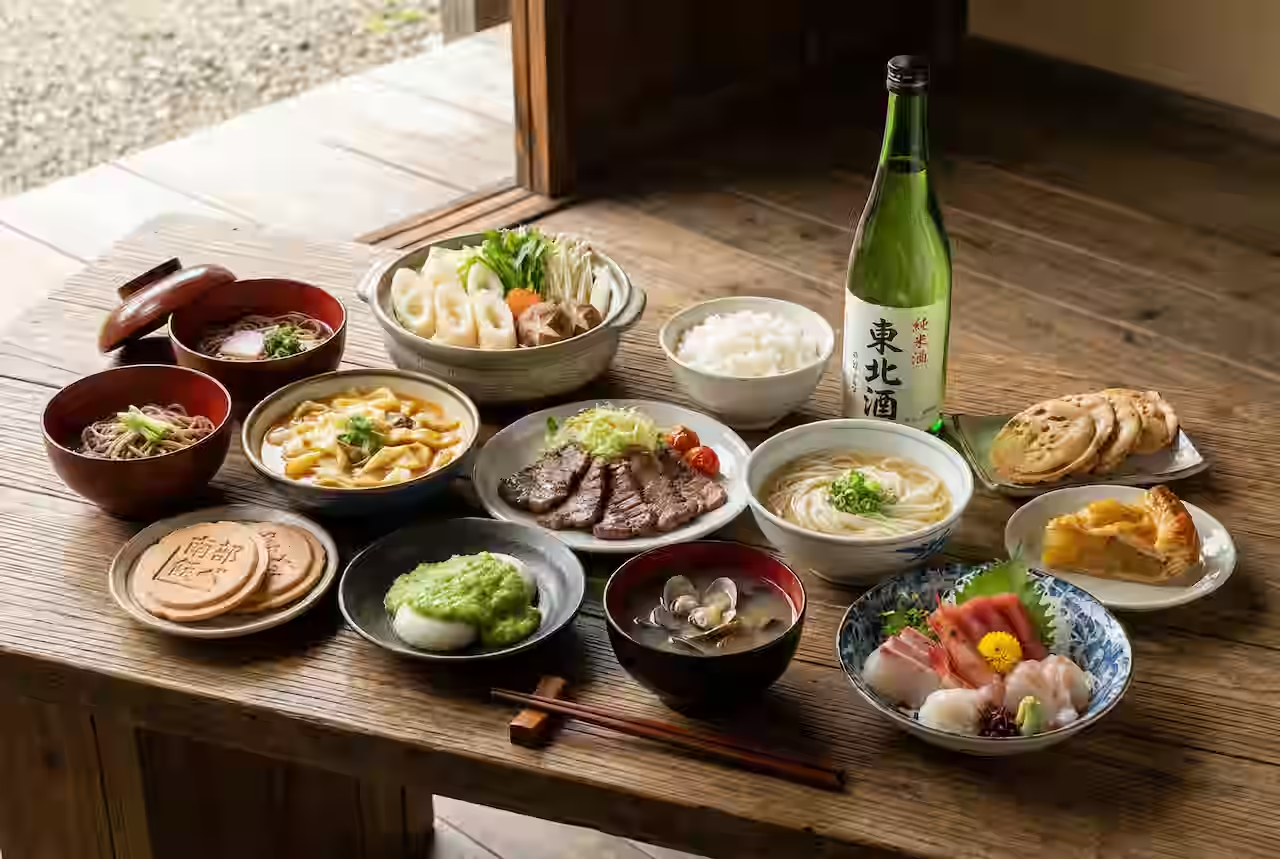

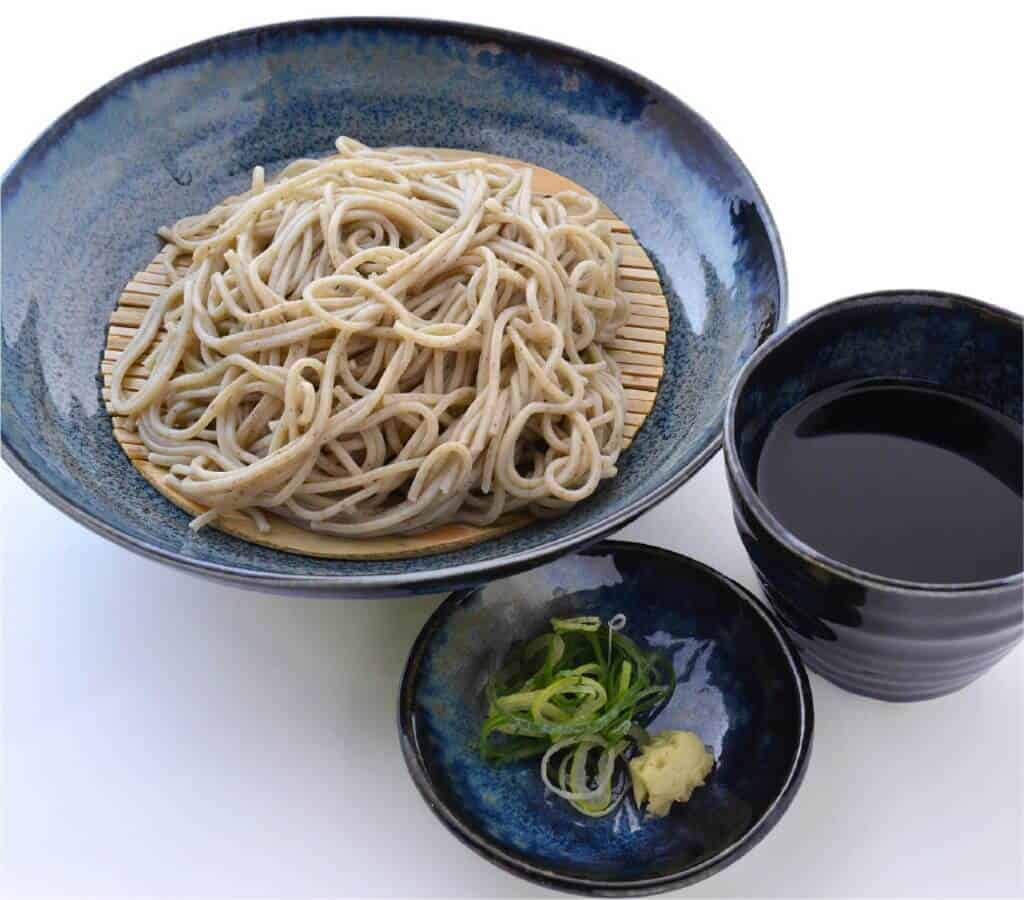
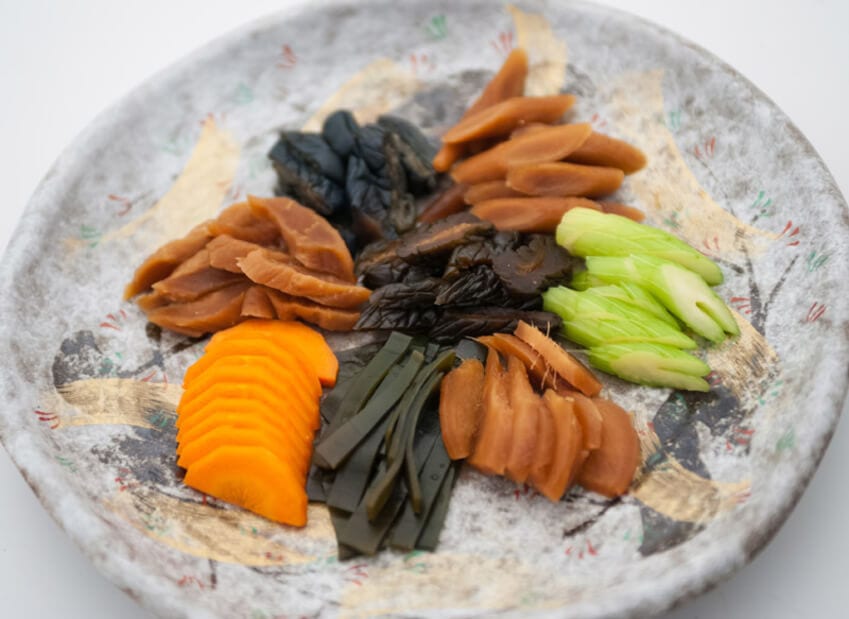
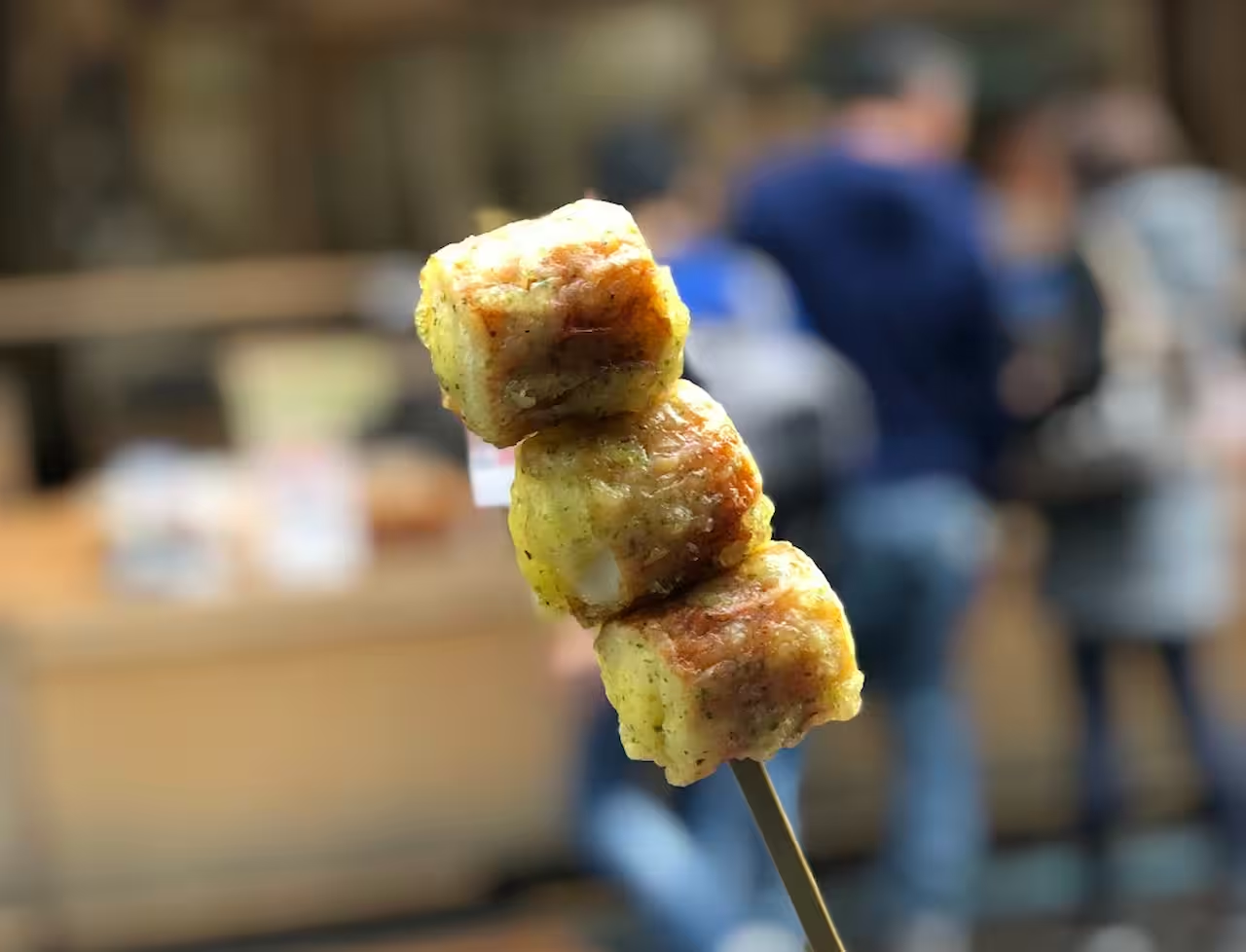

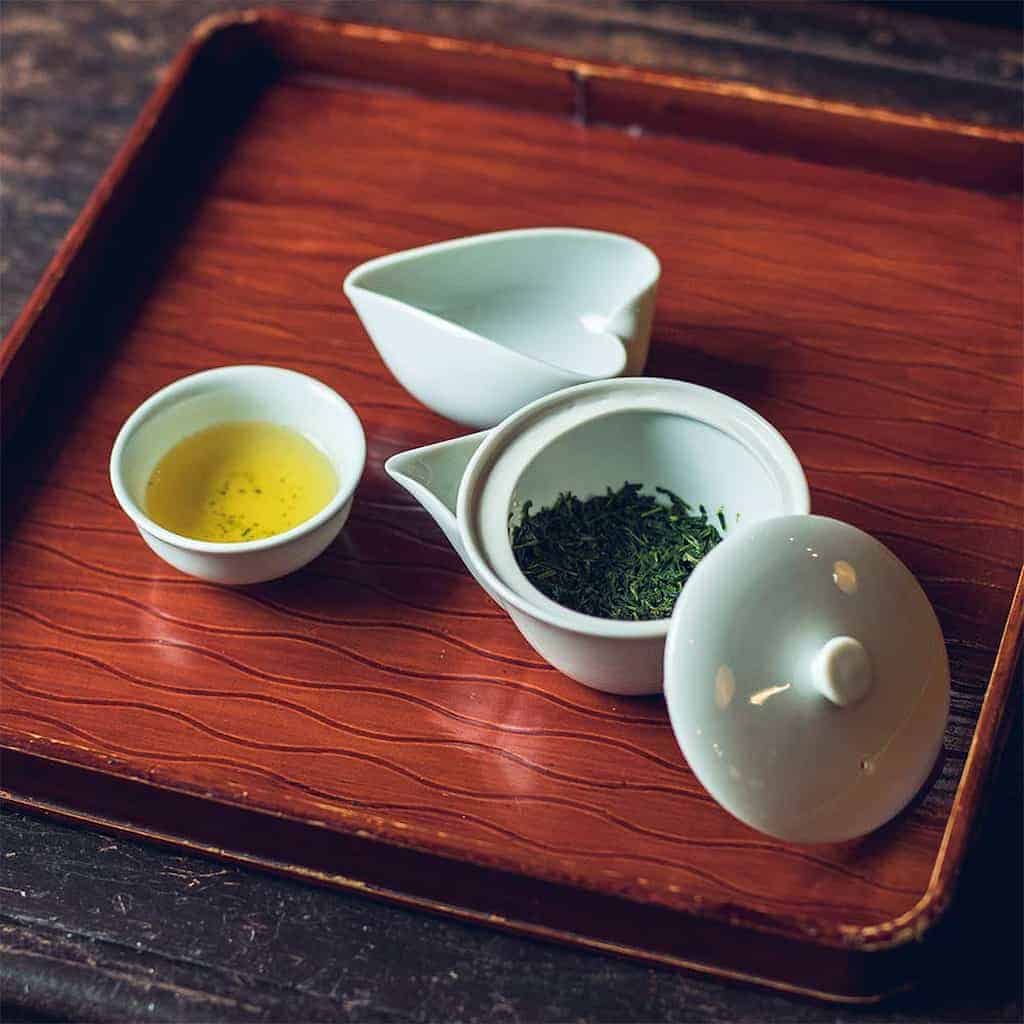
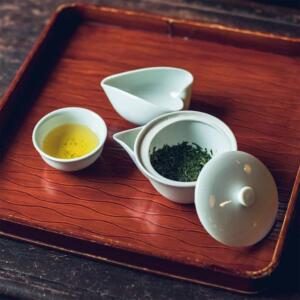
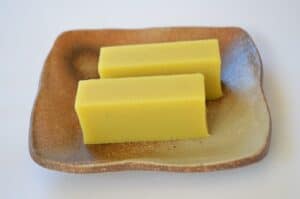
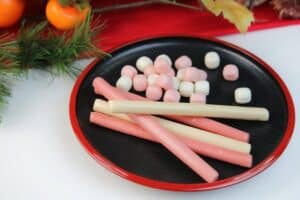
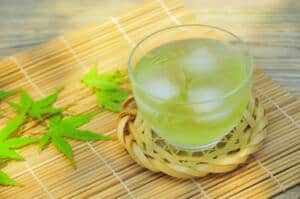
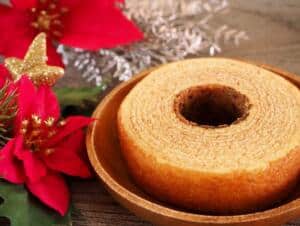
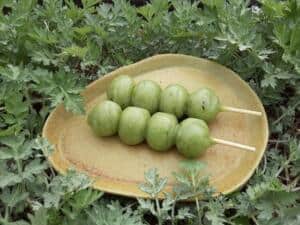
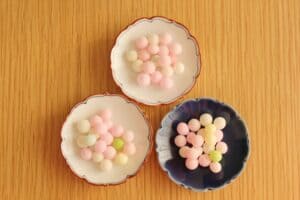
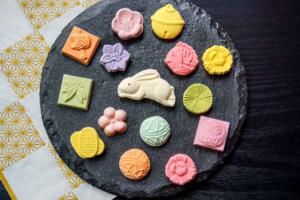
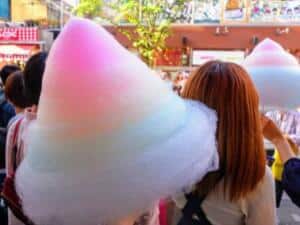
Comments